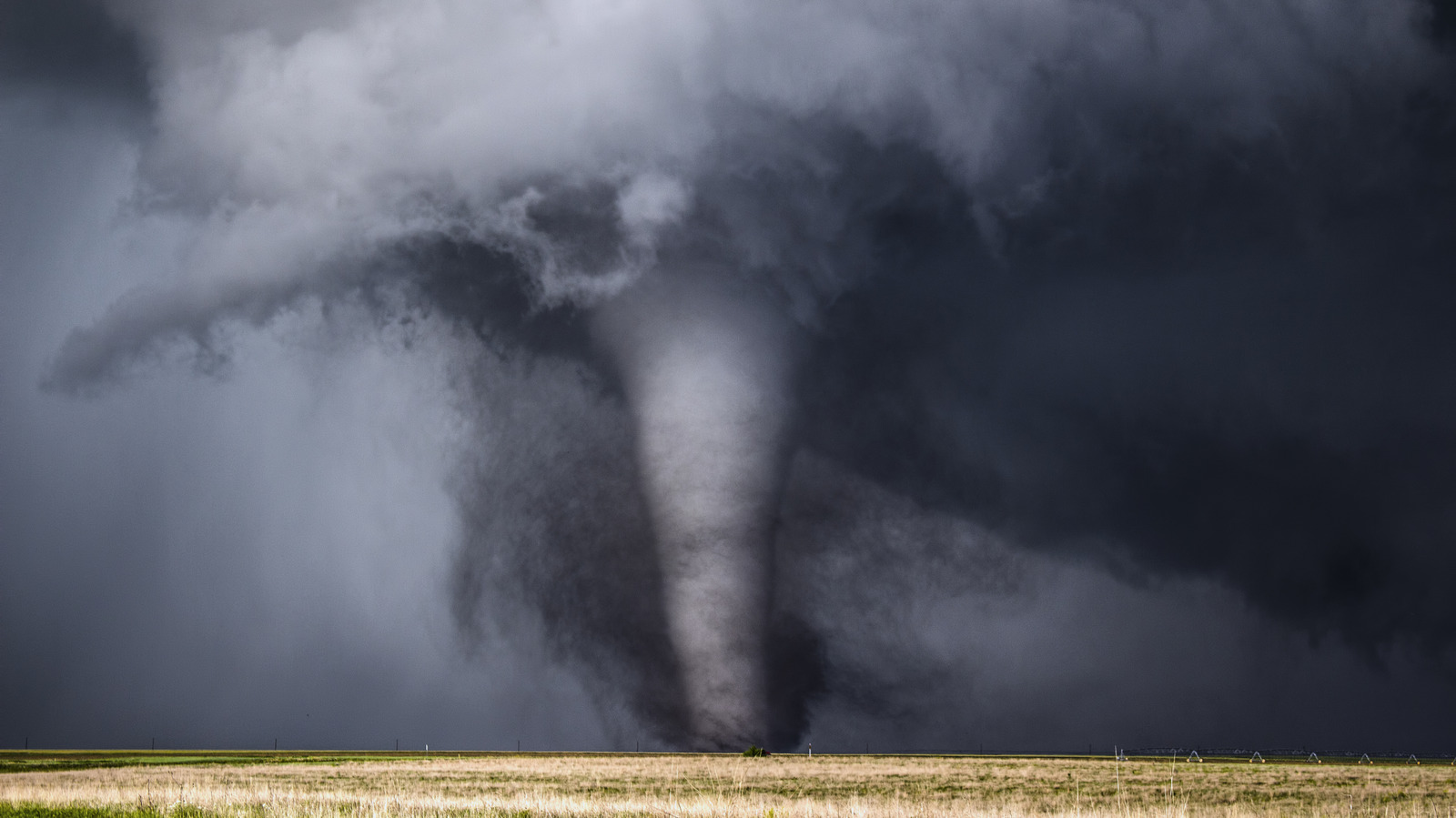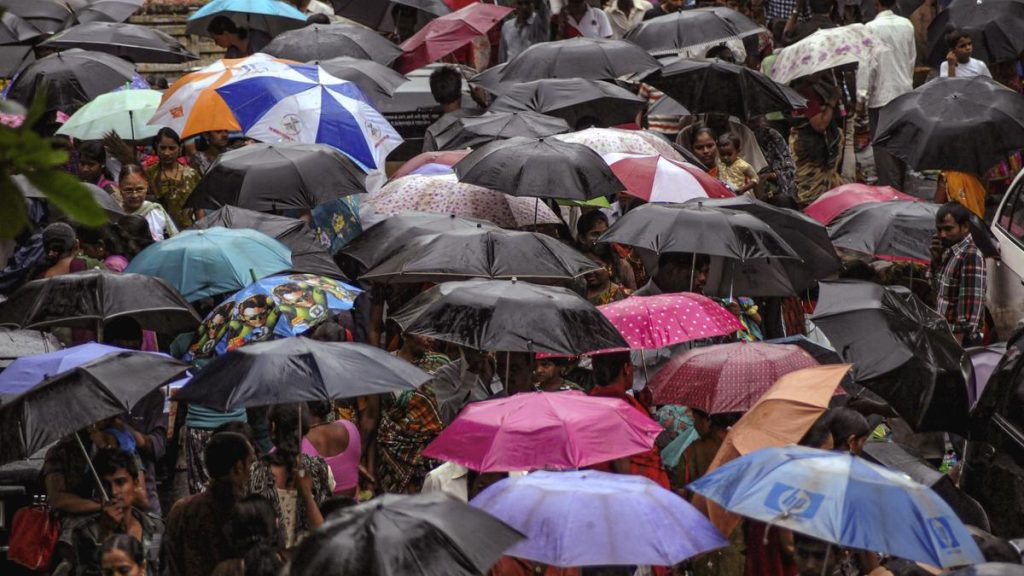Now Reading: Unveiling the Deadliest Tornado in U.S. History: A Closer Look
-
01
Unveiling the Deadliest Tornado in U.S. History: A Closer Look
Unveiling the Deadliest Tornado in U.S. History: A Closer Look

Speedy Summary
- The Tri-State tornado of March 18, 1925, was the deadliest tornado in U.S. history, killing 695 people and injuring 2,027 others.
- It lasted for three-and-a-half hours at speeds up to 73 mph and traveled through Missouri, Illinois, and Indiana.
- Classified as an F5 tornado (highest rating on Fujita scale), it reached a mile wide at times and caused damage across a path of 219 miles.
- Nearly every town in its path experienced severe destruction with approximately 15,000 homes wiped out; damages are estimated at $3 billion today.
- Specific impacts:
– Missouri: Destroyed Ellington’s buildings; injured children at schools; damaged Biehle entirely.
– Illinois: Devastated Gorham (37 fatalities); Murphysboro saw record deaths (234); leveled over 90% of Parrish; schools suffered significant losses including de Soto School (33 fatalities).
– Indiana: Griffin destroyed (25 lives lost); Princeton faced destruction before the tornado dissipated northeast of the town.
- Many details remain unclear due to poor tracking technology in 1925 but events like this have driven advancements like AI-powered weather forecasting.
Images:
- Tornado traveling through plains during a storm Image
- People looking through rubble from Tri-State Tornado destruction Image
- Path of widespread destruction caused by the tornado Image
Indian Opinion Analysis
Although focused on U.S., events like the Tri-State Tornado hold critical lessons globally for countries prone to extreme weather conditions such as India. India’s frequent cyclones and monsoonal floods underscore how climate unpredictability can lead to catastrophic human loss if preparedness is inadequate.
The tragedy highlights two key areas were India could draw implications:
1) Infrastructure Design: Similar to towns in Missouri with vulnerable structures unable to withstand severe storms, rural regions across India often lack resilient designs suited for natural disasters-budgetary allocation toward fortified infrastructure may save lives during future calamities.
2) Advancements in Weather Forecasting: Remarkable progress since this event has seen technological innovations such as AI-driven forecasts providing timely warnings-a practice crucial for reducing disaster fatalities which might inform India’s own meteorological objectives.
India’s ongoing heavy investment into disruptive innovations that rely on algorithms or nationwide real-time disaster-response distribution should be tracked promising avenues ensure scalability upon early small results big cycles moving save time/labor$$ risks!`

























